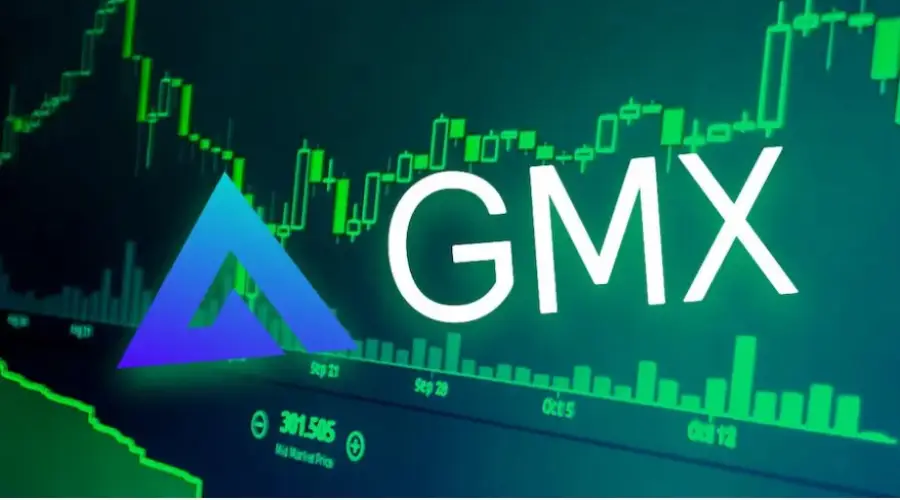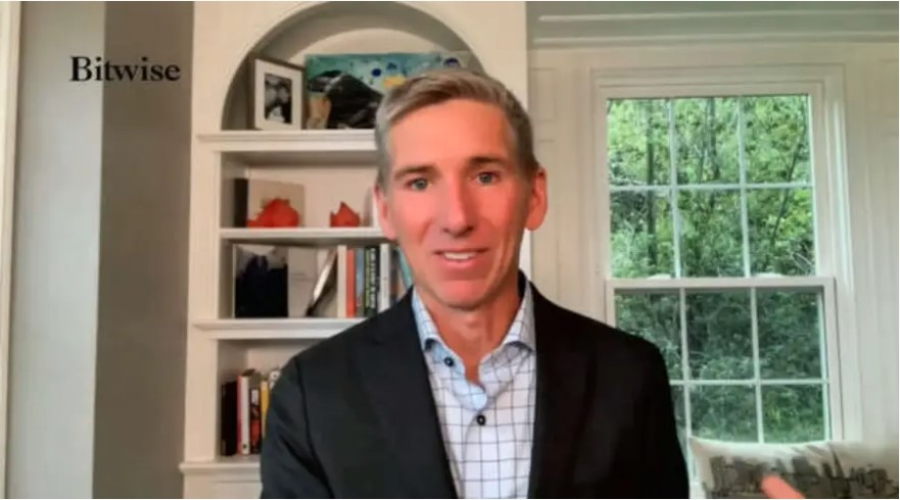This is what you need to know to trade today Monday, July 8th:
He United States Dollar (USD) The US Dollar Index is holding firm against its main rivals at the start of the new week. After losing almost 1% and snapping a four-week winning streak the previous week, the Dollar Index is fluctuating in a narrow range around 105.00. Sentix Investor Confidence for July will be highlighted in the European economic docket. Later in the day, US Consumer Credit Change data for May will be watched for fresh impetus.
US Dollar PRICE last 7 days
The table below shows the percentage change of the US Dollar (USD) against major currencies over the past 7 days. The US Dollar was the weakest currency against the British Pound.
| USD | EUR | GBP | JPY | CAD | AUD | NZD | CHF | |
|---|---|---|---|---|---|---|---|---|
| USD | -1.10% | -1.28% | 0.10% | -0.29% | -1.13% | -0.75% | -0.38% | |
| EUR | 1.10% | -0.41% | 0.91% | 0.51% | -0.15% | 0.04% | 0.42% | |
| GBP | 1.28% | 0.41% | 1.30% | 0.93% | 0.27% | 0.46% | 0.84% | |
| JPY | -0.10% | -0.91% | -1.30% | -0.39% | -1.17% | -0.86% | -0.46% | |
| CAD | 0.29% | -0.51% | -0.93% | 0.39% | -0.80% | -0.47% | -0.09% | |
| AUD | 1.13% | 0.15% | -0.27% | 1.17% | 0.80% | 0.19% | 0.64% | |
| NZD | 0.75% | -0.04% | -0.46% | 0.86% | 0.47% | -0.19% | 0.40% | |
| CHF | 0.38% | -0.42% | -0.84% | 0.46% | 0.09% | -0.64% | -0.40% |
The heatmap shows percentage changes of major currencies. The base currency is selected from the left column, while the quote currency is selected from the top row. For example, if you choose the US Dollar from the left column and move along the horizontal line to the Japanese Yen, the percentage change shown in the chart will represent the USD (base)/JPY (quote).
Data released by the US Bureau of Labor Statistics (BLS) on Friday showed that Nonfarm Payrolls (NFP) rose by 206,000 in June. Although this reading beat the market expectation of 190,000, the USD struggled to find demand as the BLS also announced that it revised downwards the May NFP increase from 272,000 to 218,000. Other details of the report showed that the unemployment rate rose to 4.1%, while annual wage inflation softened to 3.9% from 4.1% in May.
The left-wing Popular Front of the Left alliance won the second round of the French election, securing 182 seats in the National Assembly, but falling short of the 289 seats required for an absolute majority. President Macron’s centrist Ensemble alliance came second, winning 163 seats, ahead of Marine Le Pen’s far-right National Rally (RN) party, which secured 143 seats. These developments failed to trigger a notable reaction and the EUR/USD was last seen trading virtually unchanged on the day around 1.0830.
He GBP/USD The pair benefited from the selling pressure surrounding the USD and gained over 1% last week. The pair remains in a consolidation phase slightly above 1.2800 on Monday morning.
He USD/JPY recorded marginal losses on Thursday and Friday. At the start of the new week, the pair is fluctuating in a narrow range around 161.00.
He Gold The pair gained bullish momentum and rose to a fresh multi-week high above $2,380 ahead of the weekend as US Treasury yields edged lower following the US jobs data. XAU/USD is struggling to extend its recovery and is consolidating its gains around $2,380.
Euro FAQs
The Euro is the currency of the 20 European Union countries that belong to the Eurozone. It is the second most traded currency in the world, behind the US Dollar. In 2022, it accounted for 31% of all foreign exchange transactions, with an average daily volume of over $2.2 trillion per day. EUR/USD is the most traded currency pair in the world, accounting for an estimated 30% of all transactions, followed by EUR/JPY (4%), EUR/GBP (3%) and EUR/AUD (2%).
The European Central Bank (ECB), based in Frankfurt, Germany, is the reserve bank of the Eurozone. The ECB sets interest rates and manages monetary policy. The ECB’s main mandate is to maintain price stability, which means controlling inflation or stimulating growth. Its main instrument is to raise or lower interest rates. Relatively high interest rates – or the expectation of higher rates – generally benefit the Euro and vice versa. The Governing Council of the ECB takes monetary policy decisions at meetings held eight times a year. Decisions are taken by the heads of the national banks of the Eurozone and six permanent members, including ECB President Christine Lagarde.
Eurozone inflation data, as measured by the Harmonised Index of Consumer Prices (HICP), is an important econometric data point for the euro. If inflation rises more than expected, especially if it exceeds the ECB’s 2% target, the ECB is forced to raise interest rates to bring inflation back under control. Relatively high interest rates compared to their peers usually benefit the euro, as it makes the region more attractive as a place for global investors to park their money.
Data releases measure the health of the economy and can influence the Euro. Indicators such as GDP, manufacturing and services PMIs, employment and consumer sentiment surveys can influence the direction of the single currency. A strong economy is good for the Euro. Not only does it attract more foreign investment, but it can encourage the ECB to raise interest rates, which will directly strengthen the Euro. Conversely, if economic data is weak, the Euro is likely to fall. Economic data from the four largest Eurozone economies (Germany, France, Italy and Spain) are especially significant, as they account for 75% of the Eurozone economy.
Another important output for the euro is the trade balance. This indicator measures the difference between what a country earns from its exports and what it spends on imports during a given period. If a country produces highly sought-after export products, its currency will appreciate due to the additional demand created by foreign buyers who wish to purchase these goods. Therefore, a positive net trade balance strengthens a currency and vice versa for a negative balance.
Source: Fx Street
I am Joshua Winder, a senior-level journalist and editor at World Stock Market. I specialize in covering news related to the stock market and economic trends. With more than 8 years of experience in this field, I have become an expert in financial reporting.







